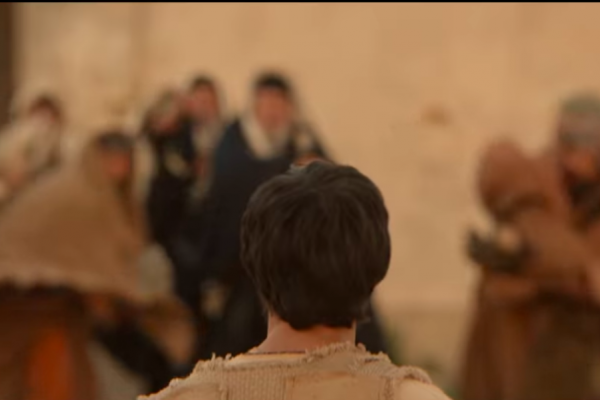Mar 23, 2018
Caviezel went on to say, “There is one choice, it's Christ. And that doesn't mean it's gonna be easy ... Certainly wasn't easy for Jesus, certainly wasn't easy for Luke or Paul. So what does our faith do? In these tough times, not good times, the world in good times can handle it great. In bad times, what happens to us? That's when we become beautiful. That's when the world goes, how can you love?”
Read the Full Article

Already a subscriber? Login
